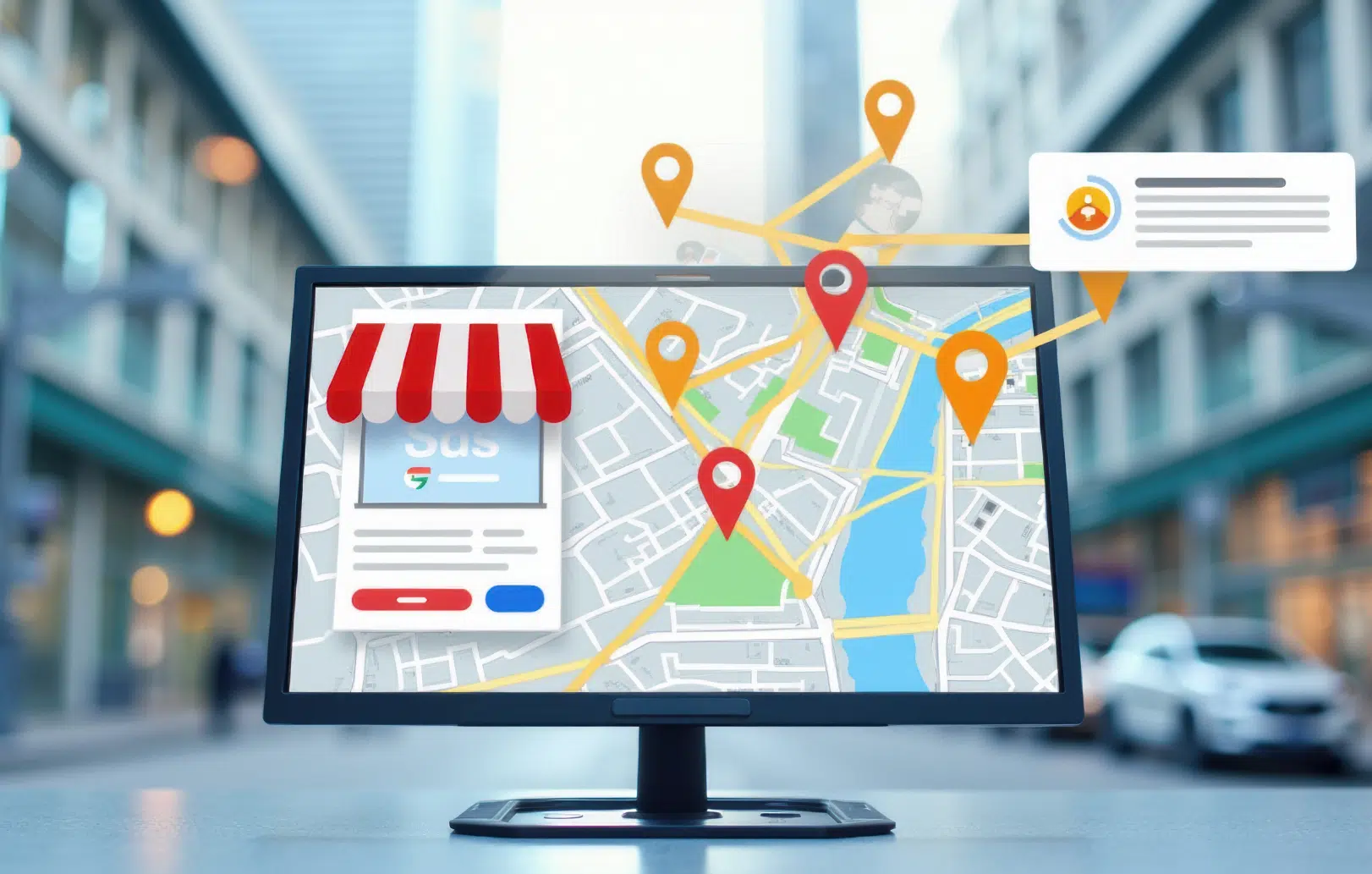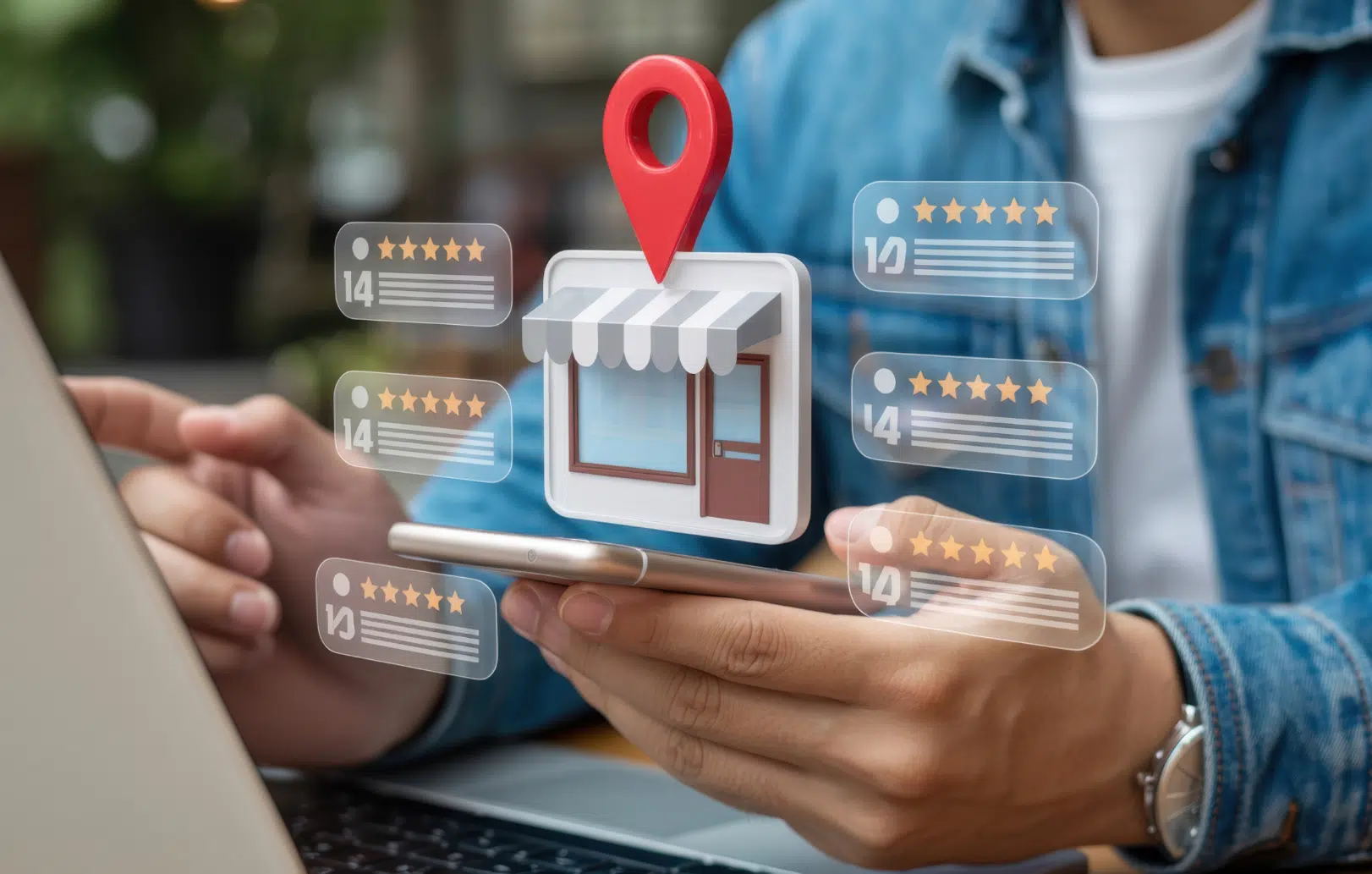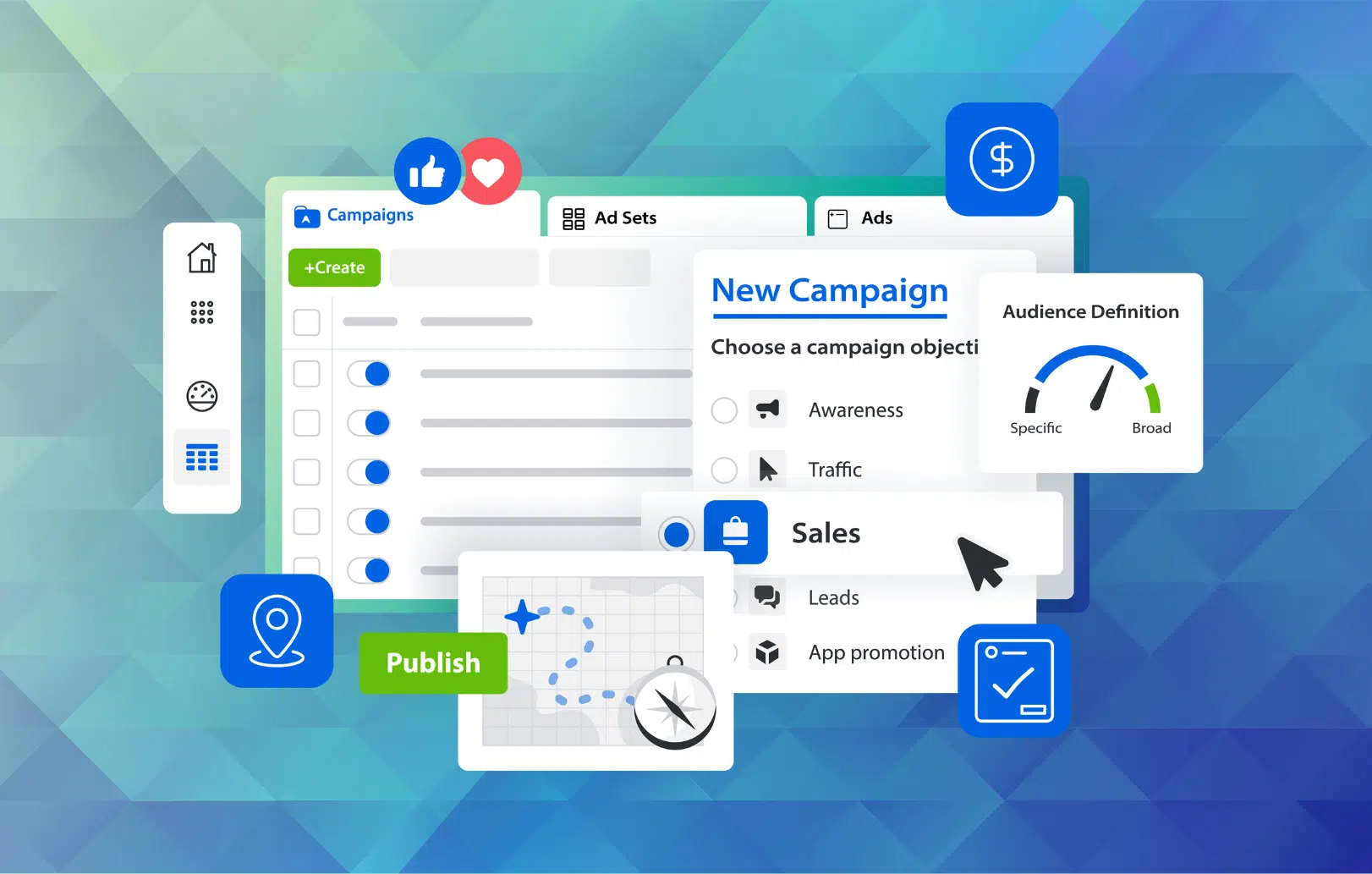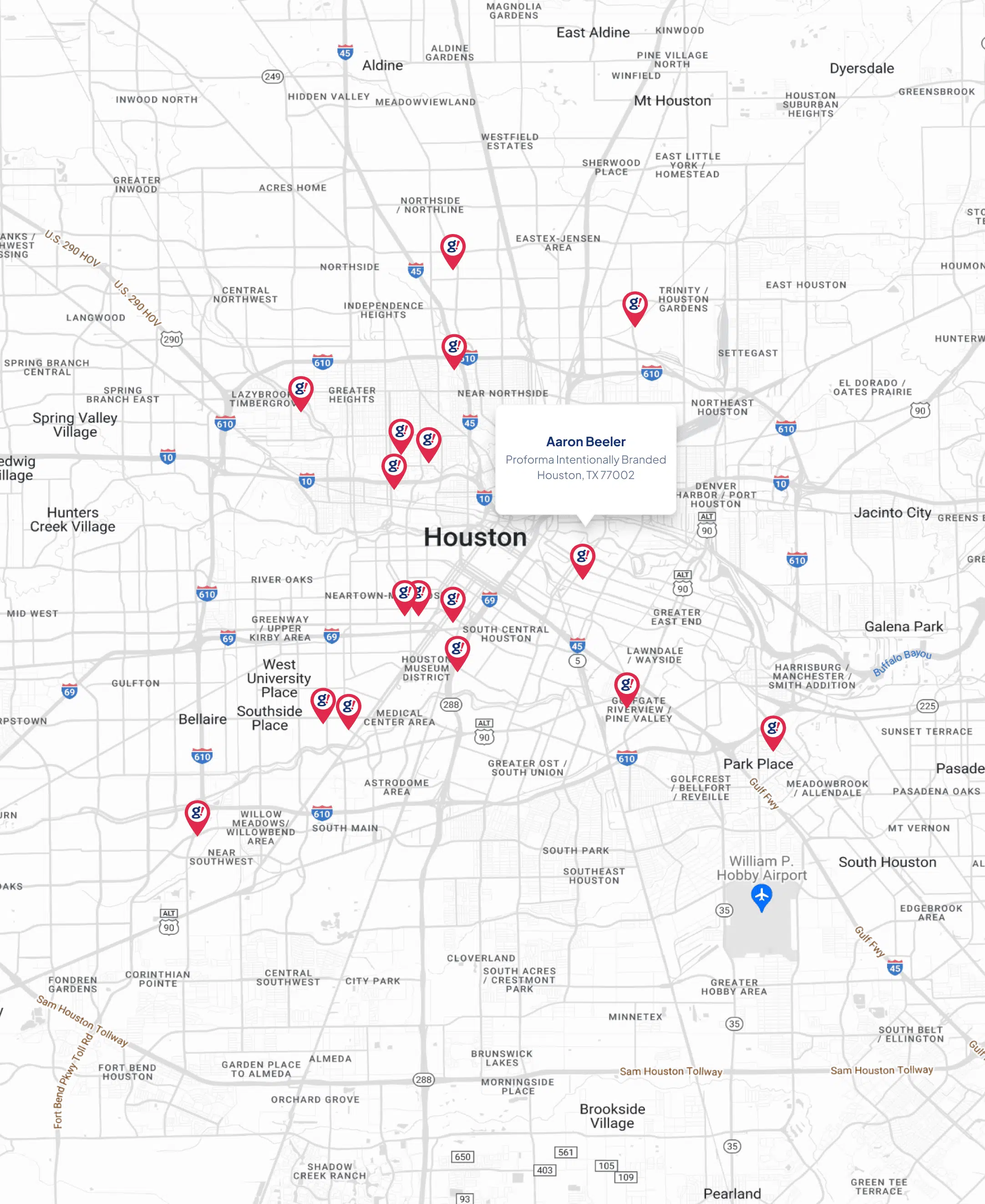If you’ve ever seen your website traffic dip overnight, you’ve likely experienced the impact of a search algorithm update. For small and mid-sized businesses (SMBs), these updates can feel unpredictable, or even scary, but they don’t have to be.
The truth is, businesses that focus on best practices, quality content, and user experience are far less vulnerable to algorithm changes. In fact, many updates reward the exact strategies that help SMBs grow sustainably.
Here’s how your business can prepare for the next algorithm update, and stay competitive no matter what changes.
What Is a Search Algorithm Update?
Search engines like Google regularly update their algorithms to improve the quality of search results. These updates are designed to:
- Surface more helpful, relevant content
- Reduce spam and manipulative tactics
- Improve user experience
- Reward authoritative, trustworthy websites
Some updates are minor. Others, like core updates, can significantly shift rankings across industries.
Why Algorithm Updates Matter More for SMBs
SMBs often have fewer resources than large enterprises, which means:
- Less margin for traffic loss
- Heavier reliance on organic search
- Smaller marketing teams
- Greater impact from ranking volatility
But SMBs also have an advantage: agility. With the right strategy, smaller businesses can adapt faster and outperform larger competitors.
1. Focus on Content Quality, Not Keywords Alone
Modern algorithms are built to understand search intent, not just exact-match keywords.
What to Do:
- Write content that answers real customer questions
- Use clear, helpful language (not keyword stuffing)
- Update outdated blogs and service pages
- Include original insights, examples, and FAQs
Pro tip: If your content helps a user solve a problem without needing to search again, you’re on the right track.
2. Strengthen E-E-A-T Signals
Google increasingly evaluates Experience, Expertise, Authoritativeness, and Trust (E-E-A-T).
How SMBs Can Improve E-E-A-T:
- Add author bios and credentials
- Showcase reviews, testimonials, and case studies
- Include real photos of your team or work
- Keep business information consistent across platforms
Trust isn’t optional anymore, it’s a ranking factor.
3. Prioritize Website Performance & UX
Algorithm updates often reward sites that deliver a smooth user experience.
Key Areas to Optimize:
- Page speed (especially mobile)
- Mobile responsiveness
- Clear navigation and site structure
- Easy-to-find contact information
If users can’t quickly find what they need, search engines take notice.
4. Build Authority with Strategic Content, Not Spam Links
Old-school link tactics no longer work, and can hurt your site.
Better Authority-Building Strategies:
- Publish in-depth guides and educational blogs
- Earn backlinks through partnerships and PR
- Create locally relevant content for your market
- Leverage citations and local directories
Quality > quantity every time.
5. Diversify Your Traffic Sources
One of the biggest risks for SMBs is relying entirely on organic search.
Smart Diversification Includes:
- Google Ads for high-intent keywords
- Email marketing
- Social media content
- Retargeting campaigns
This ensures that if an update affects rankings temporarily, leads don’t stop.
6. Monitor Performance (But Don’t Panic)
After an algorithm update, fluctuations are normal.
What to Watch:
- Overall traffic trends (not daily swings)
- Conversion rates
- Page-level performance
- Search console insights
Avoid making drastic changes immediately, most sites stabilize over time.
7. Work with a Proactive Digital Strategy Partner
The best defense against algorithm updates is a future-proof strategy built on:
- Ethical SEO practices
- Data-driven decision-making
- Continuous optimization
- Integration of paid and organic channels
SMBs that plan ahead don’t scramble after updates, they benefit from them.
Final Thoughts
Algorithm updates aren’t designed to punish good businesses, they’re meant to reward helpful, trustworthy ones. If your website prioritizes users, delivers value, and follows best practices, updates often become opportunities instead of threats.
Preparation beats reaction every time.
Want to Future-Proof Your Digital Strategy?
Our team helps SMBs stay ahead of algorithm changes with smart SEO, performance-driven Google Ads, and conversion-focused web strategies.
Schedule a strategy call today and make sure your business is ready for whatever comes next.








